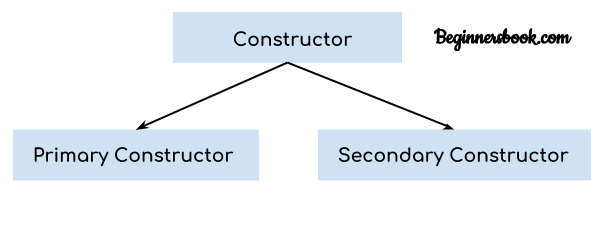

There’s an example from the old TypeScript docs to highlight this. We are relying on abstractions rather than concretions. With a constructor on the interface, you can specify that all of your types must have certain methods/properties (normal interface compliance) but also control how the types get constructed by typing the interface like you would with any other method/property. Benefits to using TypeScript interface constructorsīy using this language feature, you can create more composable objects that don’t rely on inheritance to share code. The TypeScript docs have a great example of constructor usage: class Greeter.
Class constructor code#
Class constructor software#
This enables programmers to limit instantiation and write code that’s flexible and easy to read.Kealan Parr Follow Software engineer, technical writer and member of the Unicode Consortium. In other words, it’s used to initialize all members of the data class. In C++ programming, the primary goal of the constructor is to create an object of the class.
Class constructor how to#
In this article, we have gone through the basics of constructors and how to overload them. Constructor Overloading with two different constructors of class name C++ program to illustrate Constructor overloading The compiler will know which constructor requires to be called depending on the arguments passed when the object is created. They are based on the number and type of parameters passed to the calling function. Overloaded constructors have the same name as the class but with a different number of arguments. This is where more than one constructor function is defined in a class. Copy constructors set the values of the first data element to the value of the corresponding. The third constructor function receives objects as arguments.The second constructor function has parameters in which the function call passes the appropriate values from the main function.The first constructor function has no values passed by the calling program therefore the constructor assigns itself the data values.

Public : complex() // default constructorĬomplex( int x, int y) // parameterized constructorĬomplex( complex & v) // copy constructor

Therefore a statement such as integer v1 invokes the default constructor of the compiler to create the object v1. The compiler supplies a default constructor for instances where it is not defined. The default constructor for a class C is C::C(). These are constructors that do not pass or accept any parameters. NOTE: Whenever a Constructor is declared, initialization of the class objects becomes imperative.


 0 kommentar(er)
0 kommentar(er)
